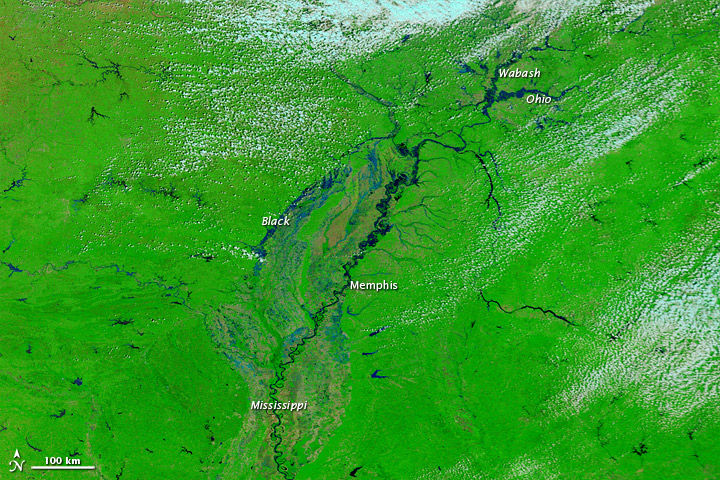
The mighty Mississippi River is running low and leaving cargo barges high and dry.
As of Tuesday, America's main aquatic artery was flowing at the negative 6.2 mark on the gauge in Memphis, Tennessee, according to the NOAA's RiverWatch system. The river is forecast to drop to negative 8.5 by August 8. Negative numbers mean the river is well below its average depth.
ANALYSIS: China's Yangtze River Running Dry
The river is nearing record lows, exposing treacherous sandbanks where river craft can run aground. The shriveled river also leaves less maneuvering room for barges to pass each other.
Docks are harder to get to now that the river is receding. Even if a ship can get to its destination unloading proves difficult since the ships now float below normal docking height.
"Captains and crews know how to navigate through waters high or low," Ingram Barge Company spokesman Keel Hunt told the AP. "In a time like this, however, it's a particular challenge because in some cases it's just very difficult to move a barge full of products."
A low river means high shipping costs. Although no stretches of the Mississippi are expected to close and barges are managing to get through, they are being slowed down and can carry less cargo.
Get the world’s most fascinating discoveries delivered straight to your inbox.
ANALYSIS: Dude, Where's My Corn?
Higher shipping costs could contribute to the problem of increasing food bills. The drought affecting more than half of the U.S. has already pushed up corn and other food prices as crops wither in the sun.
This story was provided by Discovery News.

